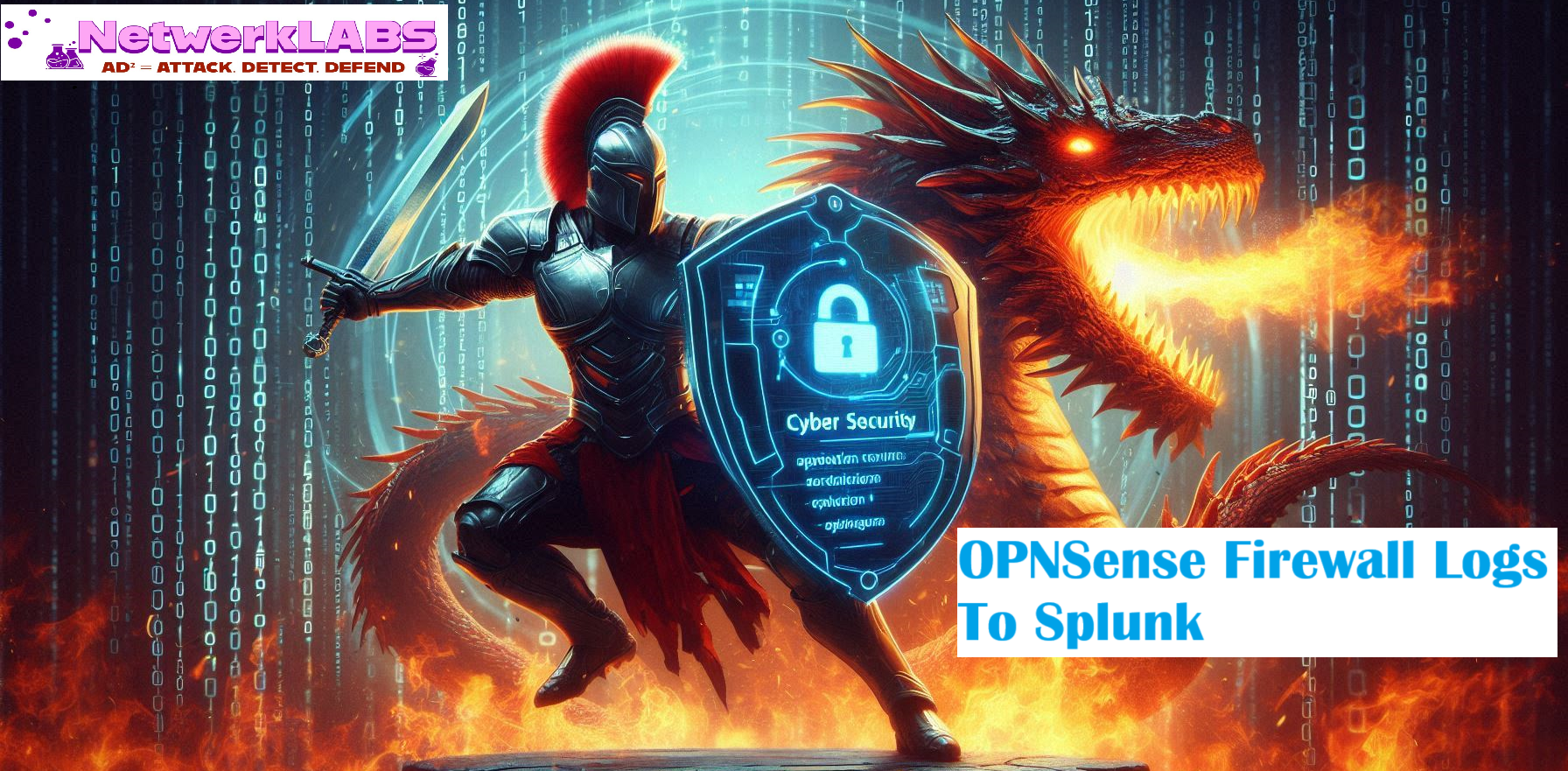Data Manipulation in Splunk: PART II
Views: 46Event Boundaries Event breaking in Splunk refers to breaking raw data into individual events based on specified boundaries. Splunk uses event-breaking rules to identify where one event ends, and the next begins. In the PART I of this series, we have created a TestApp which is placed at /opt/splunk/etc/apps/TestApp/. Please follow this link to read the PART I article. … Read more




